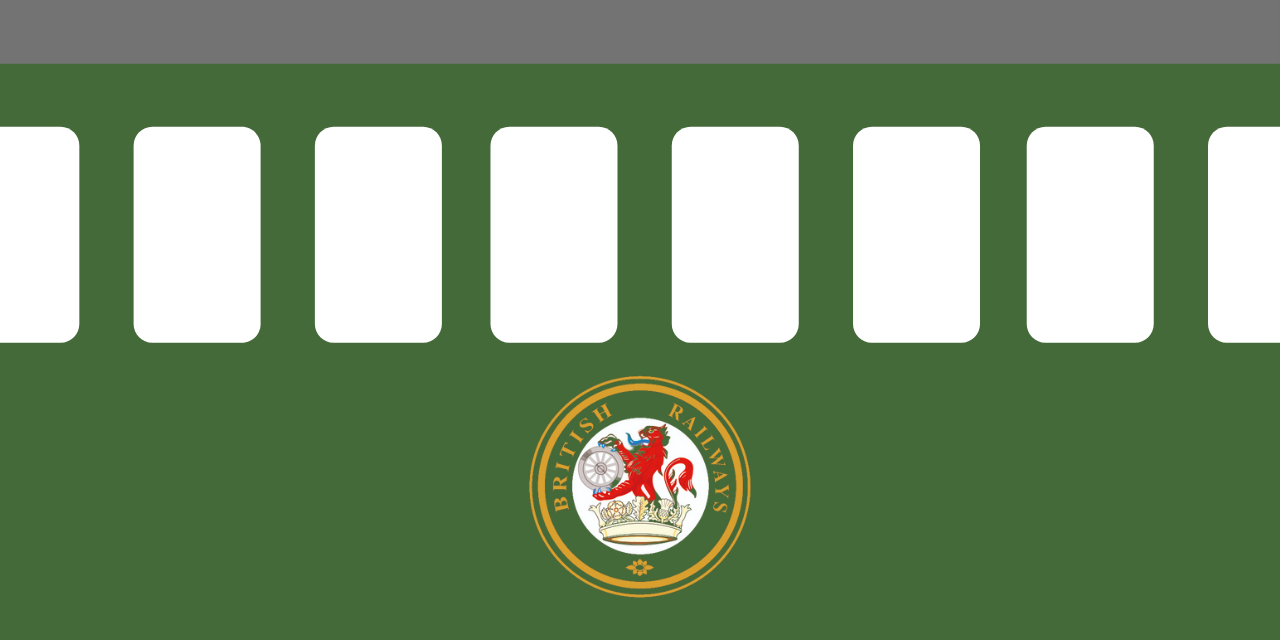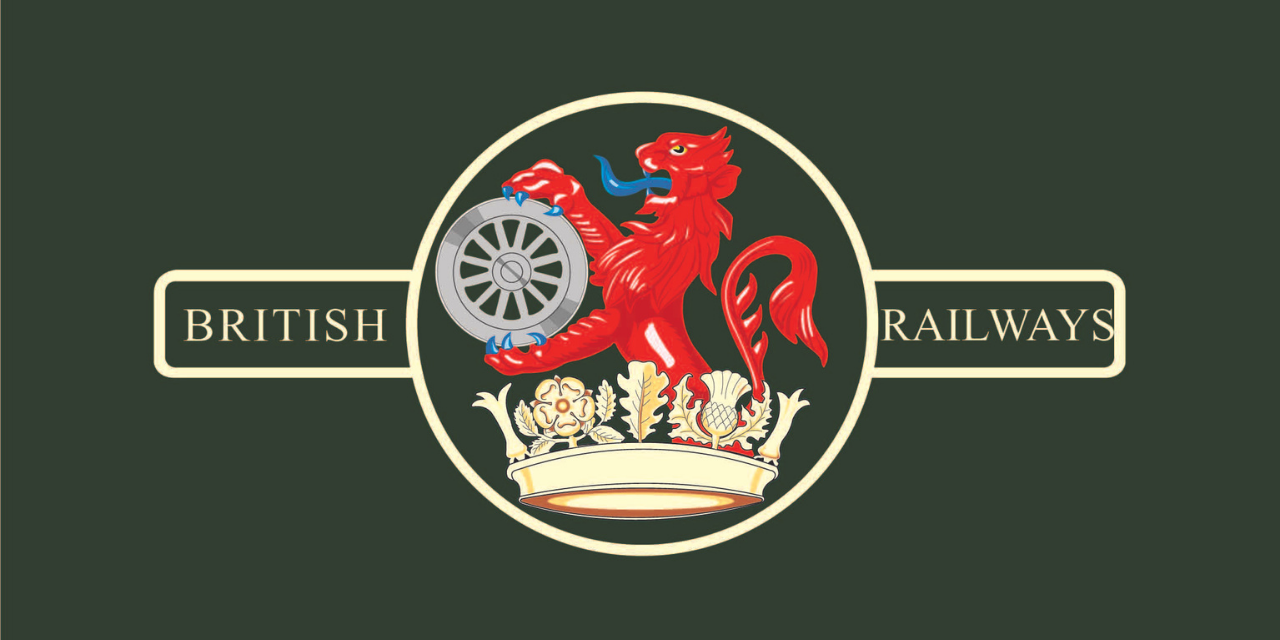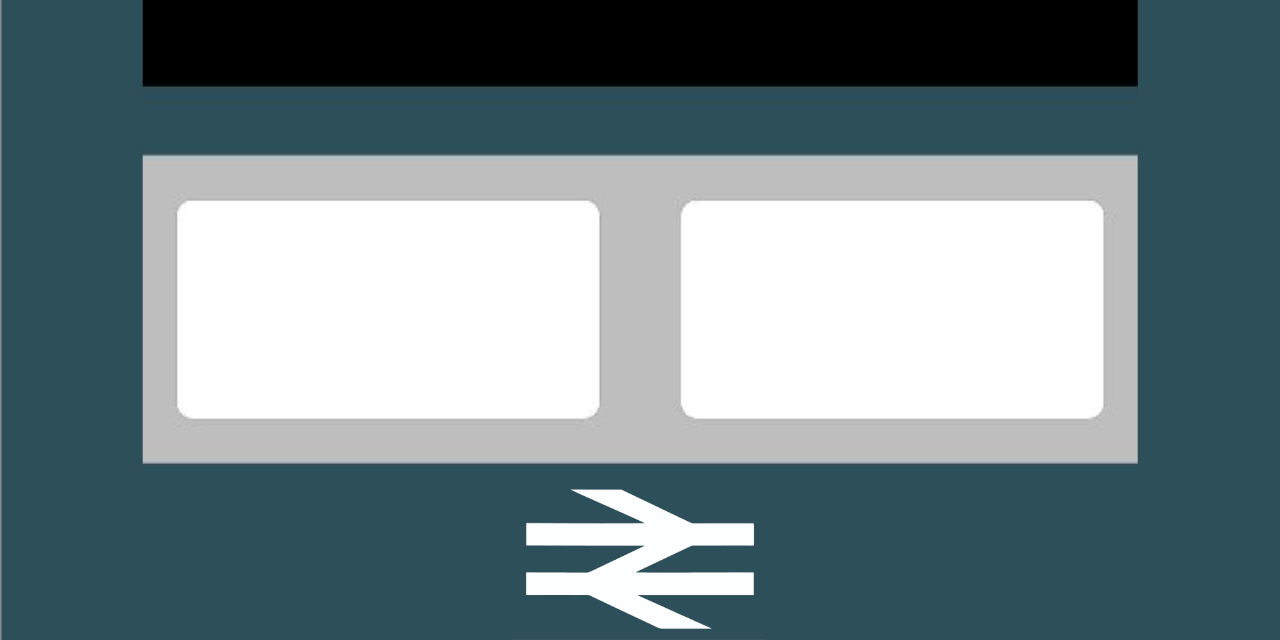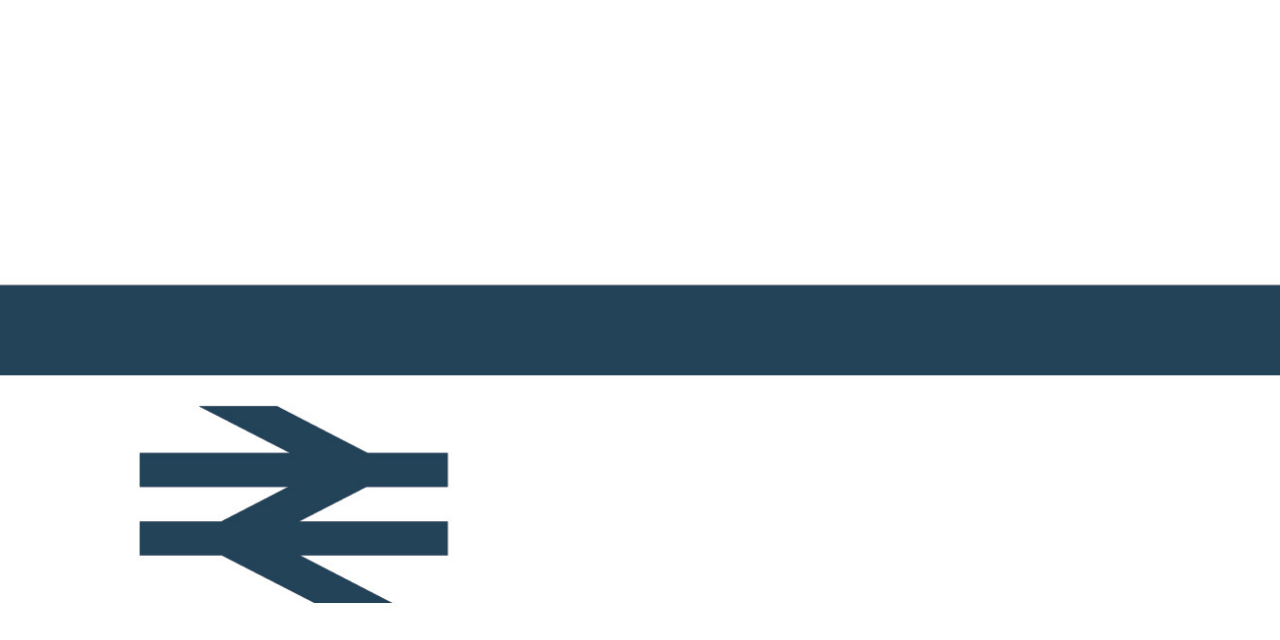Class 110 Profile and Models

110 DMU consisting of E51831, E59695 and E51811 near Manchester Victoria in August 1975. ©Hugh Llewelyn
|
The Class 110 diesel multiple units were built by the Birmingham Railway Carriage and Wagon Company in conjunction with the Drewry Car Co. to operate services on the former Lancashire and Yorkshire main line. They originally entered service uniquely in this region, which earned them the name of the 'Calder Valley' sets. They were an updated version of the Class 104, with more powerful engines, a revised cab design and raised bodyside window frames. The fact that they were primarily intended for services on the arduous Calder Valley route meant that Class 110 needed more power than other first generation DMUs, so they were fitted with 180 hp (130 kW) Rolls-Royce C6NFLH engines, and when delivered they had the highest hp/ton of any of the first generation DMUs. The small fleet size together with maintenance costs of the non-standard Rolls-Royce engines ensured their early withdrawal and most were replaced by Class 150 'Sprinters'. |
|
|
Type of Unit |
2 or 3-car Diesel Multiple Unit |
|
Builder |
Birmingham Railway Carriage & Wagon Co |
|
Build Dates |
1961 to 1962 |
|
Total Built |
30 Sets |
|
Coaches Per Unit |
2 or 3 |
|
Power Output |
720hp per set (180hp per engine) |
|
Top Speed |
70mph |
|
Passenger Capacity |
Up to 183 |
|
Operated By |
British Rail |
|
Main Duties |
Local/ Regional Passenger |
|
In Service Until |
1991 |
|
Surviving Examples |
1 x 2-car Set 1 x 3-car Set |



 BR green with coaching stock roundel
BR green with coaching stock roundel
 BR green with late crest
BR green with late crest
 BR blue and grey
BR blue and grey
 BR white
BR white